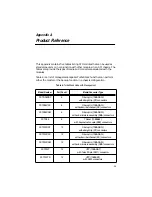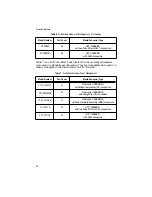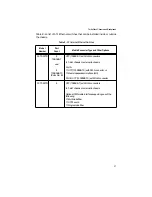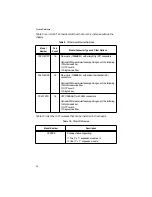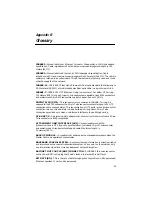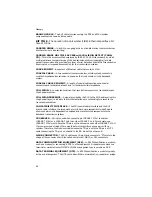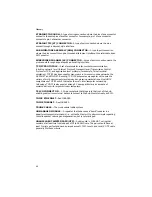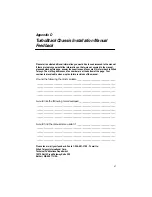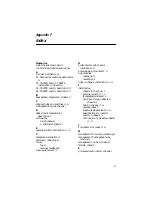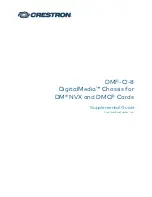
Glossary
44
STRAIGHT-THROUGH—A type of wiring connection where the pins of one connector
connect to the same pins of another connector. For example, pin 1 of one connector
connects to pin 1 of another connector.
STRAIGHT TIP (ST) CONNECTOR—A type of port connection where the pins
connect through a bayonet-style interface.
SUB MINIATURE ASSEMBLY (SMA) CONNECTOR—A type of port connection
where the pins connect through a threaded attachment interface. Also referred to as an
SM Connector.
SUBSCRIBER CHANNEL (SC) CONNECTOR—A type of port connection where the
pins connect through a square push-pull mating interface.
TCP/IP PROTOCOLS—A set of protocols for inter-computer communication,
including network level (Internet Protocol), transport level (Transmission Control
Protocol or TCP), and application level protocols (for example, Telnet terminal
emulation). TCP/IP has been used for many years in two country-wide networks, the
ARPANET and MILNET. Recently, TCP/IP has become very popular with users of a
variety of multi-user computer systems and engineering workstations. Most UNIX
computers use TCP/IP over Ethernet as the main inter-computer networking
technology. TCP/IP is also popular among PC users, particularly as a means of
communication with large multi-user computers.
TELCO CONNECTOR— A 50-pin receptacle that plugs into the front of the hub,
enabling cables from external devices to connect to the hub. Also referred to as RJ21.
THICK ETHERNET—See 10BASE5.
THIN ETHERNET—See 10BASE2.
TRUNK CABLE—The trunk coaxial cable system.
UNMANAGED MODULE— A repeater that behaves as a “dumb” repeater in a
department concentrator chassis (i.e., without a Master). It performs simple repeating
tasks like packet retiming and regeneration, but is not managed.
UNSHIELDED TWISTED PAIR (UTP)—A cable used in 10BASE-T wiring that
consists of at least two twisted pairs of 22 to 26 AWG wire. The pairs should have at
least 3 twists per foot and have an impedance of 100
Ω
. Level 3 and Level 4 UTP cable
generally fits these criteria.






